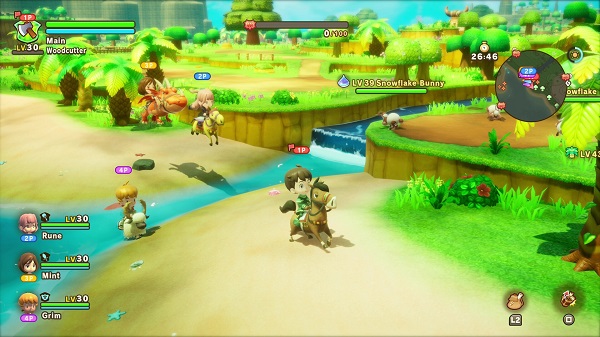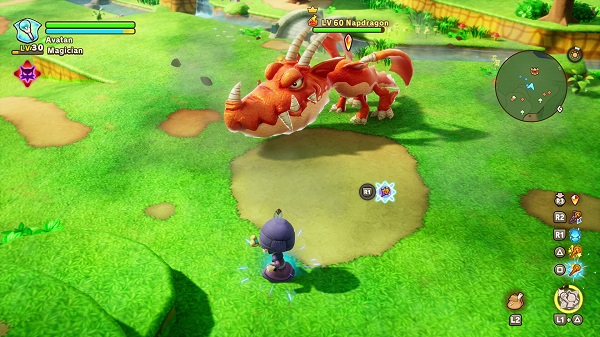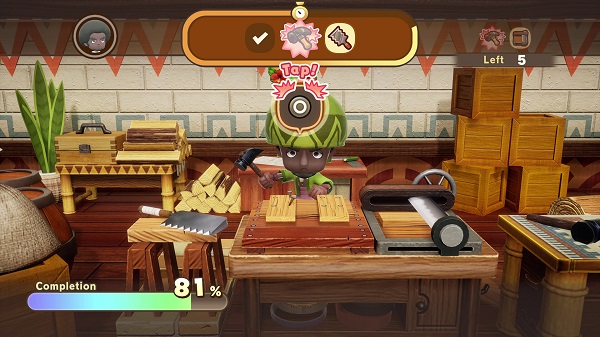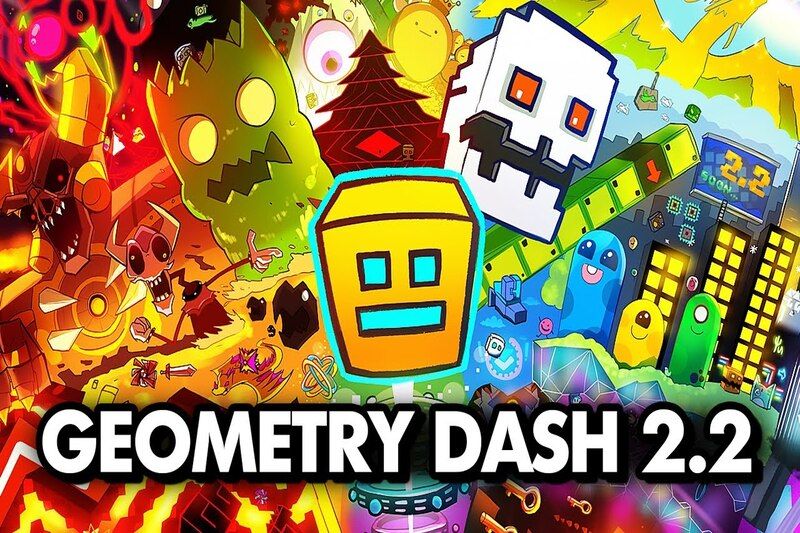Advertisement
Popular Now
Fantasy Life i: The Girl Who Steals Time, developed by Level-5, is a vibrant slow-life RPG that blends cozy life simulation with action-adventure elements, released on May 21, 2025, across multiple platforms including Nintendo Switch, PC, PlayStation, and Xbox. The game has been widely praised for its expansive world, charming narrative, and addictive gameplay loop centered around 14 unique "Lives" or jobs, allowing players to switch seamlessly between roles like Paladin, Cook, or Woodcutter. Its whimsical aesthetic, time-travel mechanics, and open-world exploration have earned it accolades, with critics lauding it as a worthy successor to the 2013 Nintendo 3DS original. However, beneath its polished exterior lies a significant flaw that has sparked considerable discussion among players and reviewers: the game’s multiplayer functionality. This article delves deeply into the specific issue of Fantasy Life i’s underwhelming multiplayer system, exploring its design shortcomings, technical limitations, and the impact on player experience, while tracing its development and reception over time.




The Promise of Multiplayer in Fantasy Life i

A Legacy of Social Play
The original Fantasy Life on the Nintendo 3DS was celebrated for its multiplayer component, which allowed players to explore the world together, undertake quests, and share in the game’s cozy adventures. This social aspect was a cornerstone of its appeal, fostering a sense of community as players collaborated on tasks or showed off their customized homes. When Level-5 announced Fantasy Life i: The Girl Who Steals Time in 2023, fans anticipated an evolution of this feature, especially with the game’s multi-platform release and promises of cross-play and cross-progression. The prospect of adventuring with friends across PC, Switch, PlayStation, and Xbox, in a larger open world, set expectations high for a robust multiplayer experience.Initial Hype and Marketing
Level-5’s promotional materials emphasized multiplayer as a key feature, highlighting two-player couch co-op and four-player online cross-play. Trailers showcased players teaming up to battle monsters, explore dungeons, and engage in cozy activities like fishing or crafting together. The inclusion of cross-platform saving further suggested a seamless experience where players could carry their progress across devices and join friends effortlessly. This marketing painted a picture of a dynamic, social RPG that would build on the original’s strengths, making multiplayer a central pillar of the game’s identity.Early Access Disappointment
First Impressions from Players
When Fantasy Life i entered early access on May 18, 2025, for those who purchased the deluxe edition, initial player feedback on platforms like Steam was overwhelmingly positive, with over 7,000 reviews achieving a “Very Positive” rating. However, a recurring criticism emerged regarding the multiplayer mode. Players noted that, unlike the 3DS version, multiplayer sessions were heavily restricted. One Steam reviewer, Soraphina, remarked, “You can’t do the main story together, and Life Challenges are off-limits in co-op, which is a huge letdown for a game that feels built for social play.” These early impressions highlighted a disconnect between the game’s promise and its execution.Technical and Design Constraints
The multiplayer system in early access limited players to specific maps chosen by the host, rather than allowing free exploration of the entire open world of Ginormosia. Sessions were also time-restricted, with a 30-minute cap that forced players to regroup and relaunch, disrupting the flow of cooperative play. Additionally, progress in story quests and Life Challenges—core components of the game’s progression system—was not shared among party members, rendering multiplayer sessions feel more like temporary diversions than meaningful collaborative experiences. These constraints were particularly jarring given the game’s cross-platform ambitions, which suggested a more integrated multiplayer framework.The Multiplayer Mechanics Breakdown

Restricted Map Access
Limited Exploration Scope
One of the most significant issues with Fantasy Life i’s multiplayer is the restriction to specific maps. Unlike the 3DS version, where players could roam the entire world together, the sequel confines co-op to pre-selected areas. This design choice limits the sense of shared adventure, as players cannot freely explore the vast open world of Ginormosia or engage in spontaneous activities like stumbling upon hidden treasures or secret creatures. Reviewers on OpenCritic noted that this restriction makes multiplayer feel “barebones” compared to the single-player experience, which offers unrestricted access to the game’s diverse regions.Impact on Social Dynamics
The map restriction also affects the social dynamics that made the original game so engaging. In the 3DS version, players could visit each other’s homes, trade items, or undertake quests together seamlessly. In Fantasy Life i, visitors to a player’s settlement can only look around without interacting meaningfully, reducing the incentive to share creations. This limitation undermines the community-building aspect that was a hallmark of the original, leaving players feeling isolated even in co-op mode.Time-Limited Sessions
The 30-Minute Barrier
The imposition of a 30-minute time limit on multiplayer sessions is another perplexing design choice. After this period, players are forced to end the session and restart, which disrupts the immersive, relaxed pace that defines the game’s “slow-life” ethos. IGN’s review pointed out that this restriction feels “odd” and interrupts the flow of cooperative activities, particularly in roguelike dungeons where teamwork is most rewarding. The constant need to relaunch sessions adds unnecessary friction to what should be a seamless social experience.Player Frustration
Player feedback on platforms like Steam and X echoed this sentiment. A user on Steam complained, “The multiplayer feels like an afterthought. Why can’t we just keep playing without being kicked out every half hour?” This frustration is compounded by the fact that the time limit applies even to activities like resource gathering or dungeon clearing, which benefit from extended play sessions. The artificial cap seems to contradict the game’s emphasis on player freedom and relaxed exploration.The Patch 1.1.3 Update: A Partial Fix

Addressing Multiplayer Progress
Quest Progress Patch
In response to player feedback, Level-5 released patch 1.1.3 shortly after the game’s full launch on May 21, 2025. This update addressed one of the major criticisms by allowing progress on accepted quests to count in multiplayer sessions. Game8’s review noted that this change improved the multiplayer experience, as players could now contribute to shared objectives, such as completing specific tasks in Treasure Groves. However, the patch did not extend to Life Challenges or main story progression, leaving significant gaps in the cooperative experience.Remaining Limitations
While the patch was a step forward, it did not fully resolve the multiplayer issues. The 30-minute time limit and map restrictions remained, and players still could not progress the main story together. This partial fix left many feeling that Level-5 had only addressed the surface-level complaints without tackling the underlying design flaws. A post on X by @chaoscafehall expressed mixed feelings, praising the game’s story but lamenting the “wtf” moments in multiplayer interactions with NPCs, highlighting the disconnect between single-player polish and multiplayer functionality.Comparison to the Original Fantasy Life
The 3DS Benchmark
The original Fantasy Life set a high standard for multiplayer in a cozy RPG. Players could join friends to complete quests, battle monsters, or engage in life-sim activities like fishing and crafting, with minimal restrictions. The seamless integration of multiplayer into the core gameplay loop made it a standout feature, fostering a sense of camaraderie. In contrast, Fantasy Life i’s multiplayer feels like a regression, with its limited scope and lack of shared progression undermining the social appeal that defined its predecessor.Lost Opportunities
The sequel’s expanded open world and new features, such as town planning and time-travel mechanics, presented opportunities to enhance multiplayer. For example, players could have collaborated on island restoration or shared resources across Lives, creating a more interconnected experience. Instead, the multiplayer mode feels tacked on, with little integration into the game’s core systems. This missed opportunity is particularly disappointing given Level-5’s experience with multiplayer in titles like Megaton Musashi, which successfully implemented cross-platform play.Technical Performance Issues
Platform-Specific Challenges
Nintendo Switch Performance
On the Nintendo Switch, Fantasy Life i’s multiplayer experience is further hampered by technical issues. RPG Site reported inconsistent performance, with frame rate dips below 30fps in busy areas like Ginormosia’s sandy regions or Mysteria’s capital. These issues are exacerbated in multiplayer, where the presence of additional players strains the system, leading to frame pacing problems and hitching. Players hoping to use the Switch for portable co-op play often found the experience suboptimal compared to the smoother PC version.PC and Handheld Gaming PCs
On PC, particularly on Steam Deck, the game performs better, with options to disable depth-of-field blur for improved visuals. However, Siliconera noted issues with cutscenes on handheld gaming PCs, where performance slows to a crawl unless settings are adjusted. These technical hiccups, while not exclusive to multiplayer, compound the frustration of an already limited co-op mode, as players must contend with both design and performance issues.Community and Developer Response

Player Feedback on X and Steam
The community’s response to Fantasy Life i’s multiplayer has been vocal, with players on X and Steam expressing both love for the game and disappointment with its co-op mode. A post by @NintendoNews on X linked to a Nintendo Life review that acknowledged the multiplayer’s shortcomings, while Steam reviews frequently cited the lack of shared story progression as a major flaw. Despite these criticisms, the game’s overall reception remains strong, with a 92% positive rating on Steam, suggesting that the single-player experience overshadows multiplayer issues for many.Level-5’s Ongoing Support
Level-5 has shown responsiveness to player feedback, as evidenced by the patch 1.1.3 update and the announcement of free DLC with new recipes and content. However, the developer has not yet addressed the core multiplayer restrictions, such as map access or time limits. The promise of a Switch 2 edition with improved performance and visuals raises hopes for future updates, but it remains unclear whether these will extend to multiplayer enhancements. Level-5’s history of supporting games post-launch suggests potential for further improvements, but time will tell if they fully address the community’s concerns.The Impact on Player Experience
Solo vs. Multiplayer Divide
The multiplayer issues create a stark divide between the solo and multiplayer experiences. The single-player mode is lauded for its depth, with over 50 hours of content, a compelling job grind, and a charming story. In contrast, multiplayer feels like a secondary feature, lacking the depth and freedom of the solo game. This disparity is particularly disappointing for players who expected a social experience akin to Animal Crossing or Rune Factory, where cooperative play enhances the core gameplay loop.Missed Social Potential
The limited multiplayer functionality diminishes the game’s potential as a social hub. Features like island customization and town planning could have been leveraged for collaborative projects, allowing players to build thriving communities together. Instead, the current system restricts social interactions to brief, task-focused sessions, missing the opportunity to create lasting memories with friends. This gap is especially noticeable given the game’s cozy, community-driven aesthetic, which naturally lends itself to social play.Potential Fixes and Future Updates
Proposed Solutions
To address the multiplayer issues, Level-5 could implement several changes:- Remove Map Restrictions: Allow players to explore the entire open world in co-op, mirroring the single-player experience.
- Eliminate Time Limits: Remove the 30-minute session cap to enable uninterrupted play.
- Shared Progression: Enable shared progress for Life Challenges and main story quests, making co-op more rewarding.
- Enhanced Social Features: Allow visitors to interact with settlements, trade items, or contribute to island restoration.
- Performance Optimization: Improve frame rate stability on Switch and handheld PCs, particularly in multiplayer.


















